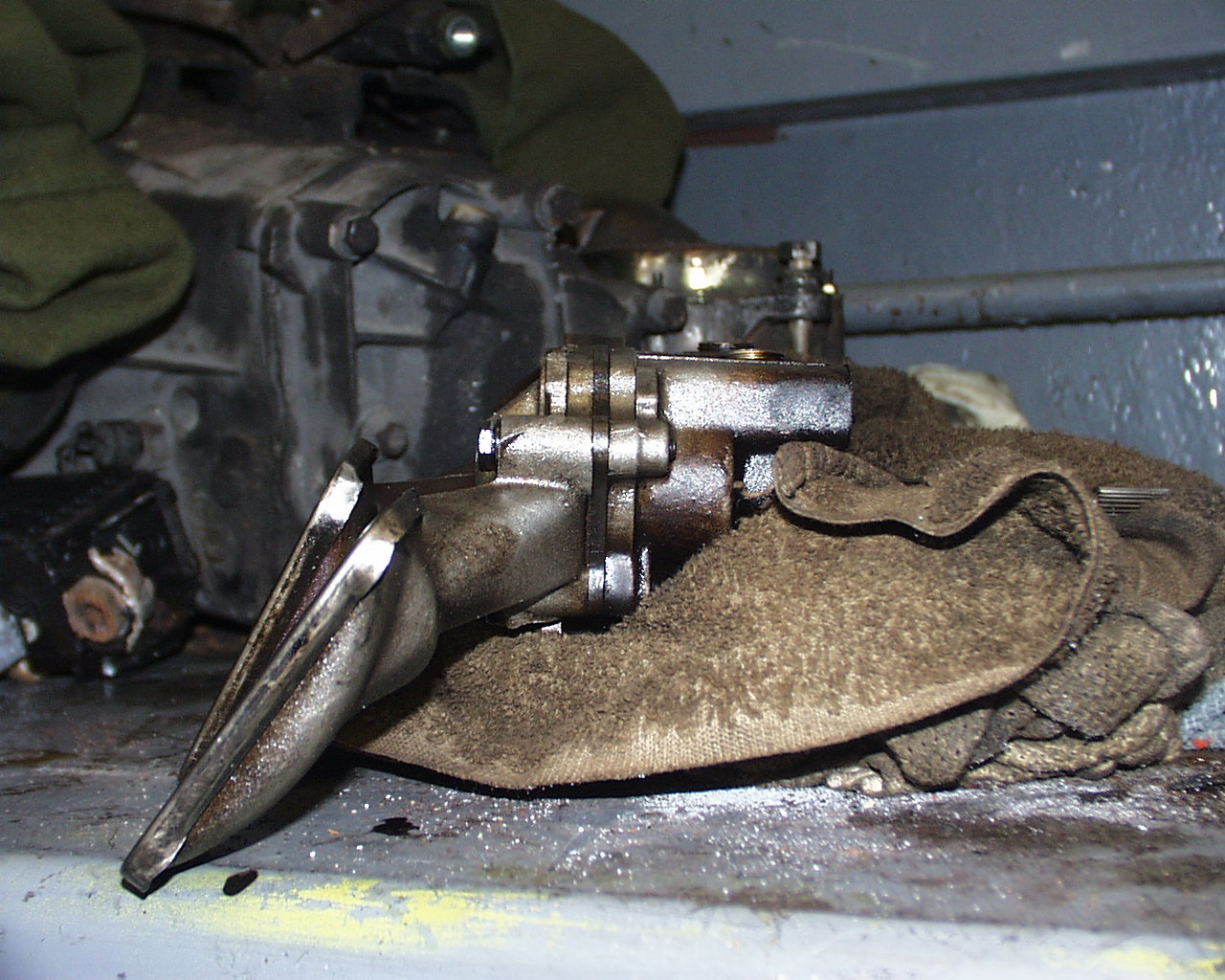martijn
X addicted
i've trouble tuning my dcnfs
The troubles:
- it idles very rough and idle is hard to adjust (low vaccuum but equal on all barrels)
- engine falls dead at 6000 rpm.
specs: 30 mm chokes, 50 idles, 125 main, 185 aircorrector.
It ran fine on 36 dcnf's so it's carb related.
I think it runs to rich at idle and to lean on 6000 rpm. I want to check floatlevels settings, but the weber booklet says: 50-58,5 mm float
The ferrari 308 tutorial says:"48-58,5 mm floattravel.
what are your opinions?
The troubles:
- it idles very rough and idle is hard to adjust (low vaccuum but equal on all barrels)
- engine falls dead at 6000 rpm.
specs: 30 mm chokes, 50 idles, 125 main, 185 aircorrector.
It ran fine on 36 dcnf's so it's carb related.
I think it runs to rich at idle and to lean on 6000 rpm. I want to check floatlevels settings, but the weber booklet says: 50-58,5 mm float
The ferrari 308 tutorial says:"48-58,5 mm floattravel.
what are your opinions?






